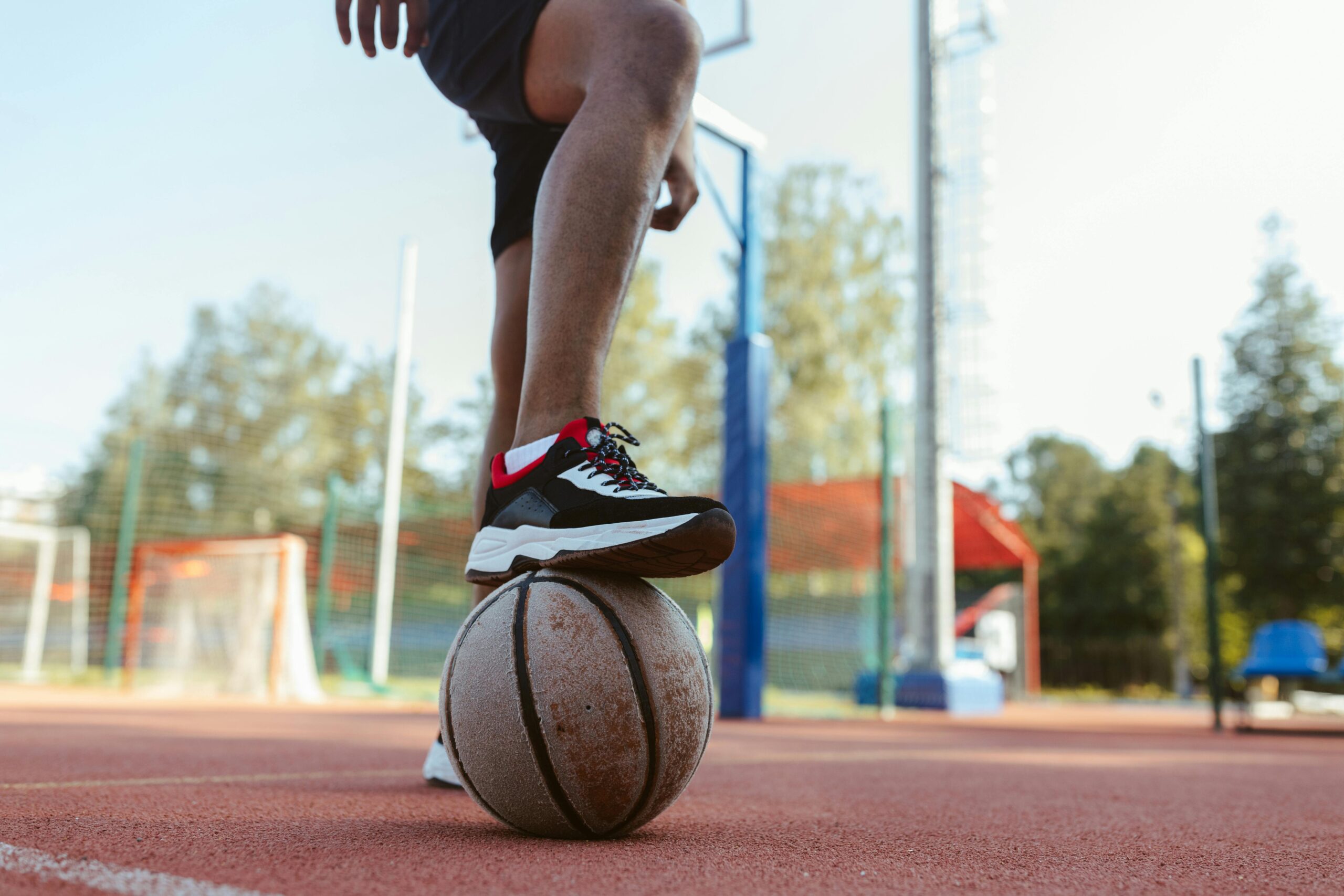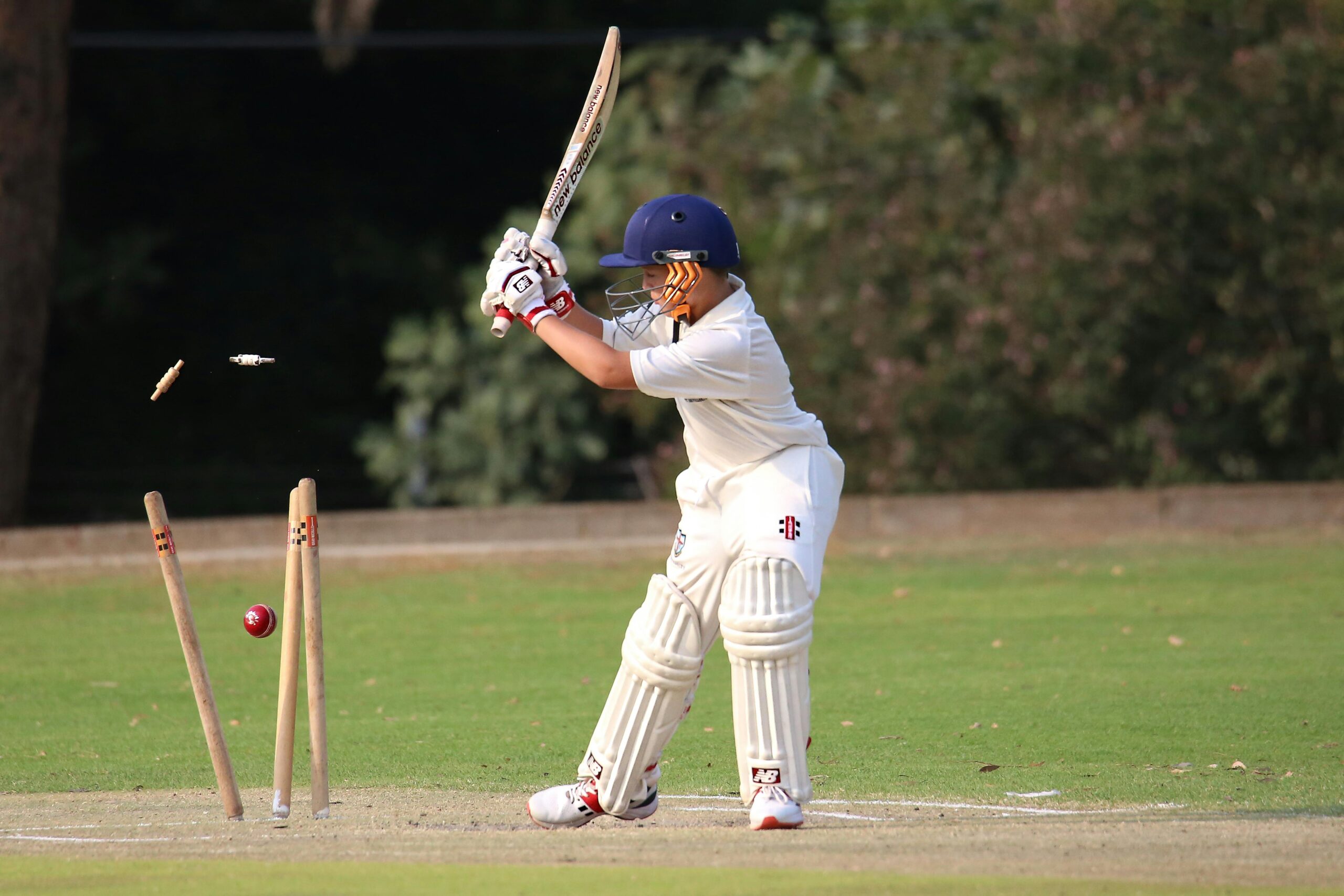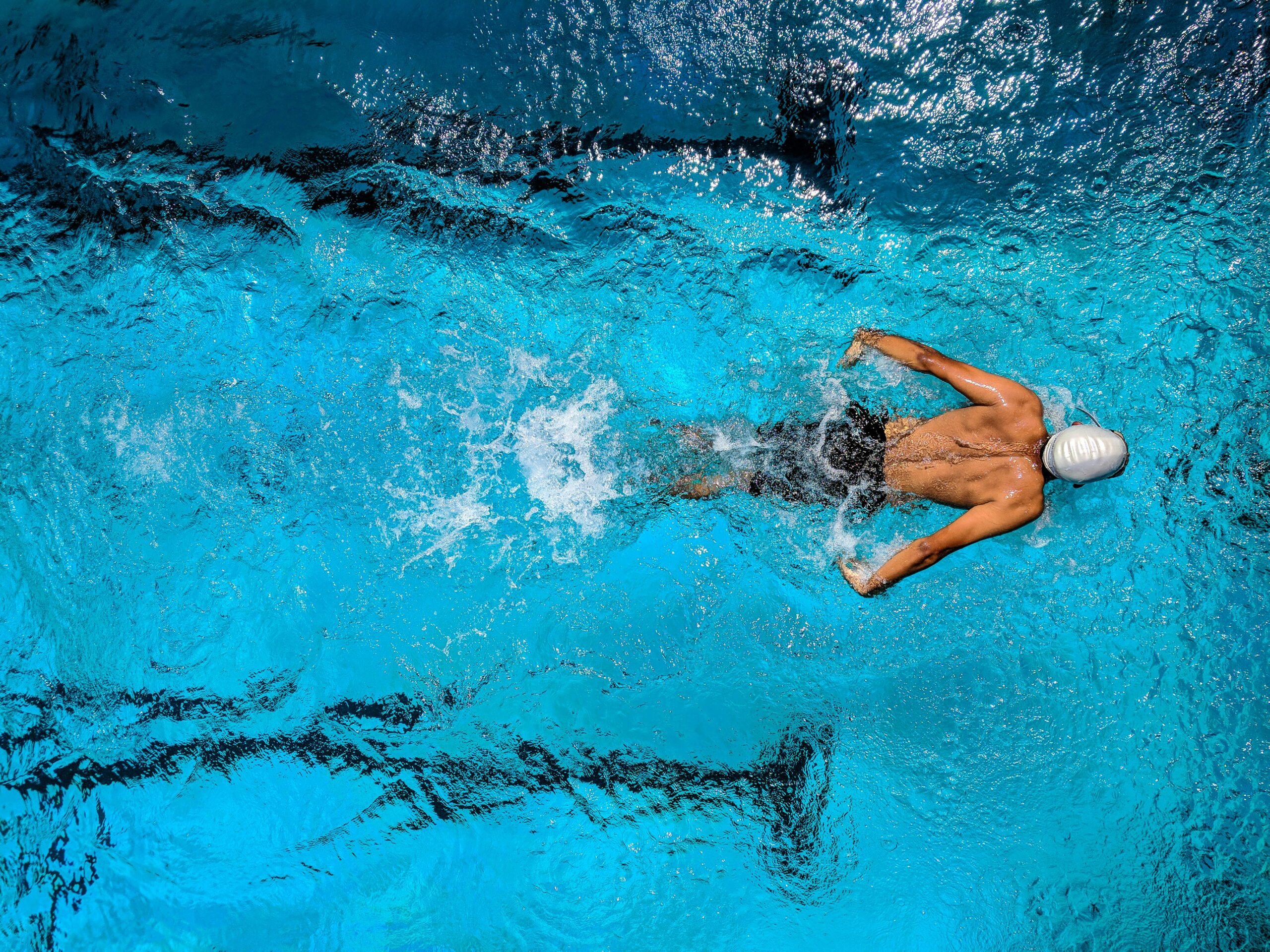Football, known as soccer in some parts of the world, is the most popular sport globally, captivating millions with its blend of athleticism, skill, strategy, and sheer passion. Whether you want to kick a ball for fun, join your local team, or even dream of going pro someday, learning football opens the door to a lifetime of enjoyment and fitness. This guide will walk through everything a beginner needs to know about learning football — from understanding the basics and necessary equipment to practicing essential skills and joining teams.
Understanding Football Basics
Football is played between two teams, each with 11 players working together to score goals by getting the ball into the opposing team’s net. The game is played on a rectangular field marked with lines for boundaries, the center circle, penalty area, and goal area.
A standard match consists of two 45-minute halves, with a halftime break. The objective is simple: score more goals than the opponent. However, rules govern how the ball can be played.
Players cannot use their hands to touch the ball except the goalkeeper, who can handle it within their penalty area. Physical tackles are allowed but must be fair; fouls result in free kicks or penalties. The game is controlled by a referee and assistants to ensure fair play.
Essential Equipment for Beginners
Starting football training is easiest with the right gear. Here’s what you need:
- Football (Soccer Ball): A size-appropriate ball depending on your age and skill level.
- Football Boots (Cleats): Designed to provide traction on grass or turf fields.
- Shin Guards: To protect your lower legs from injuries during tackles.
- Comfortable Athletic Clothing: Breathable jersey, shorts, and socks.
- Goalkeeper Gloves (Optional): If playing as a goalkeeper.
Investing in good quality equipment enhances comfort, safety, and performance during practice and matches.
Mastering Core Football Skills
Football revolves around a few fundamental skills that every player should develop. Regular practice of these skills forms the foundation of your game.
Passing
Passing is the key to team play. With passing, you move the ball around the field to create goal-scoring opportunities.
- Use the inside of your foot for short, accurate passes.
- Toe or laces for longer balls.
- Practice one-touch passing to improve speed and precision.
Dribbling
Dribbling lets you maintain control while moving the ball past opponents.
- Keep the ball close to your feet.
- Use both feet and change directions quickly.
- Master basic moves like step-over, body feints, and drag-backs.
Shooting
Shooting is how you score goals. Accuracy and power both matter.
- Use the laces for powerful long shots.
- Use inside of the foot for controlled placement near the goal.
- Practice shooting from different distances and angles.
Controlling the Ball
Controlling the ball is about receiving passes cleanly and preparing your next move.
- Learn to control the ball with your feet, thighs, and chest.
- Develop a good first touch to keep possession.
Tackling
Tackling helps regain possession from opponents.
- Use body positioning to block or win the ball.
- Focus on clean tackles to avoid fouls.
Learning Football Positions
Understanding where you play on the pitch helps you learn your responsibilities.
- Goalkeeper: Defends the goal, uses hands inside the penalty area.
- Defenders: Protect the defensive zone, block attacks, clear balls.
- Midfielders: Connect defense and attack, support both ends, control tempo.
- Forwards (Strikers): Primary attackers focused on scoring goals.
Try different positions during practice to discover your natural strengths and preferences.
Practice Drills to Improve Skills
Consistent practice is the key to improvement. Here are some drills that beginners can start with:
Dribbling Drills
- Cone Dribbling: Weave the ball through cones placed in a line.
- Figure-8 Dribbling: Move around two cones in a figure eight pattern.
Passing Drills
- Wall Passing: Pass the ball against a wall and control the rebound.
- Partner Passing: Pass back and forth with a teammate over varying distances.
Shooting Drills
- Target Shooting: Place markers in goal corners and aim shots at them.
- One-Touch Finishing: Practice quick shots on goal after receiving a pass.
Ball Control Drills
- Juggling: Use feet and thighs to keep the ball in the air.
- First Touch Practice: Control incoming passes with a single touch.
Conditioning Drills
- Ladder Agility Drills: Improve quick footwork and coordination.
- Sprint Intervals: Build speed and endurance for match stamina.
Playing Matches and Joining Teams
Learning football is incomplete without playing real matches.
- Join a local football club or community team.
- Participate in small-sided games like 3v3 or 5v5 to develop tactical awareness.
- Play friendly matches to apply your skills under pressure.
- Learn teamwork, communication, and sportsmanship on the field.
Tips for Continued Improvement
- Practice regularly, focusing on both individual skills and team play.
- Watch professional football matches to learn positioning and tactics.
- Keep physically fit with strength and endurance training.
- Listen to coaches and seek feedback to refine your techniques.
- Most importantly, enjoy playing and stay motivated.
Learning football is a journey of passion, discipline, and fun. By building a strong foundation in the basics, practicing key skills daily, understanding game tactics, and playing regularly, anyone can improve and enjoy this beautiful game. Whether for leisure or competition, football offers a rewarding way to stay active and connect with others while chasing the thrill of scoring that winning goal.


